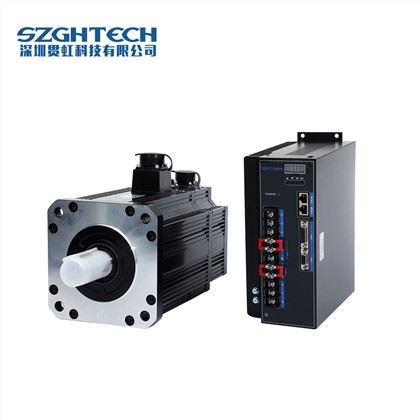7500W Ac Servo Motor and Driver
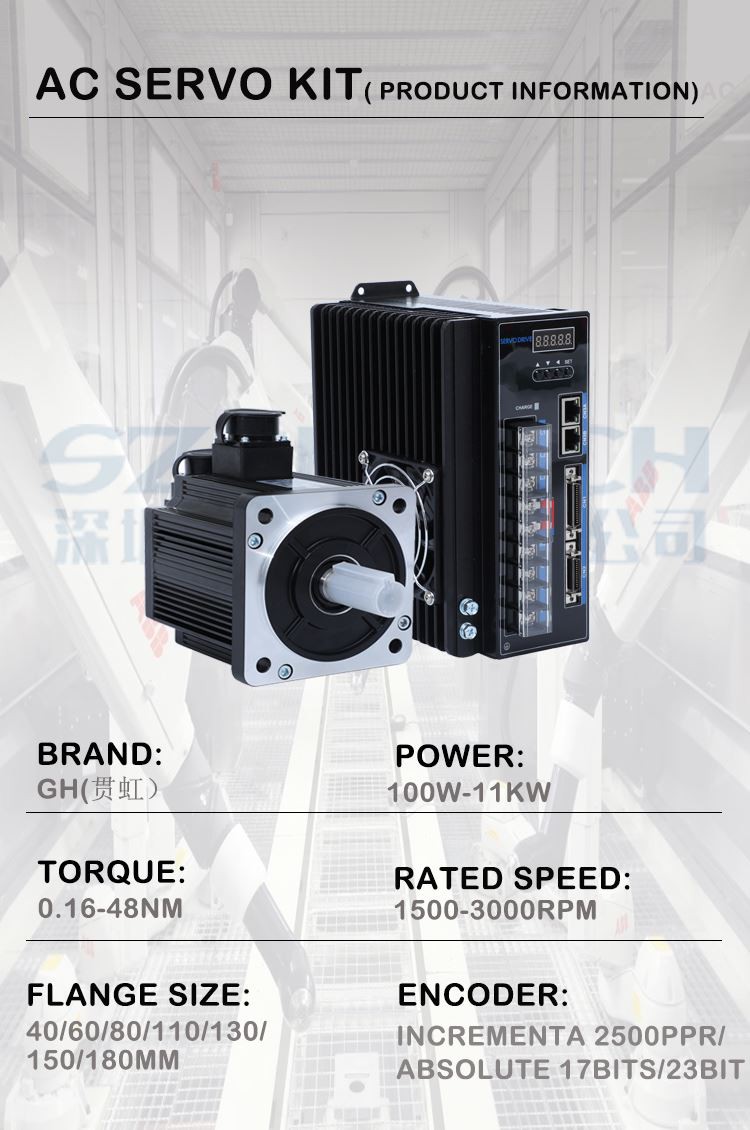
Features
GH-18750CC is 180 flange , 7500W,48NM,1500RPM SERVO MOTOR,380V .
The match servo driver, GH-SD4075 & GH-753 that matching for 7.5KW servo motor.
GH series servo motor developed and produced by our company is permanent magnet AC servo motor, using high-performance rare earth permanent magnet material, high power density, strong overload capacity, good back potential sine, low speed characteristics; Support 220V and 380V AC servo drive, motor accessories support brake, oil seal, motor adaptive incremental 2500 line, absolute 17 bit and other encoders.
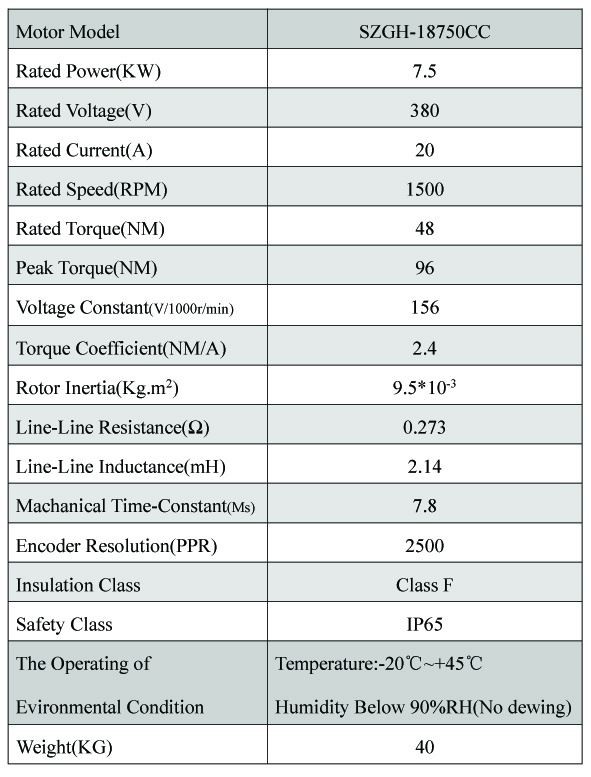
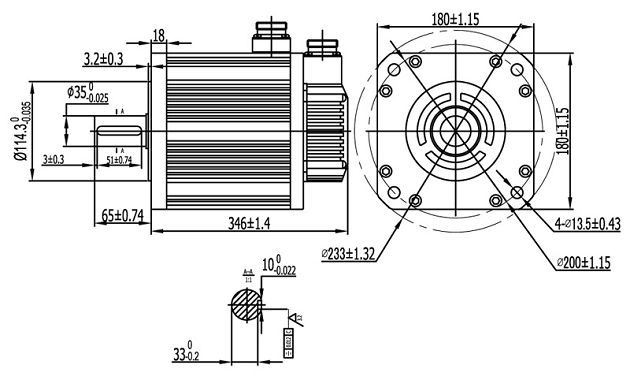
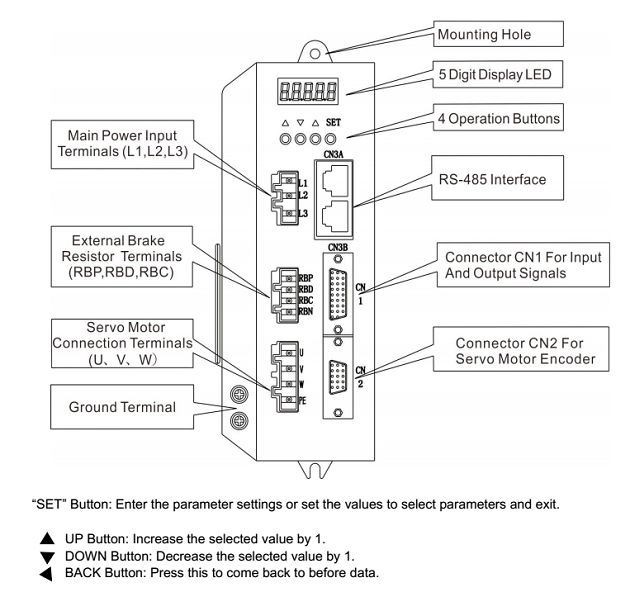
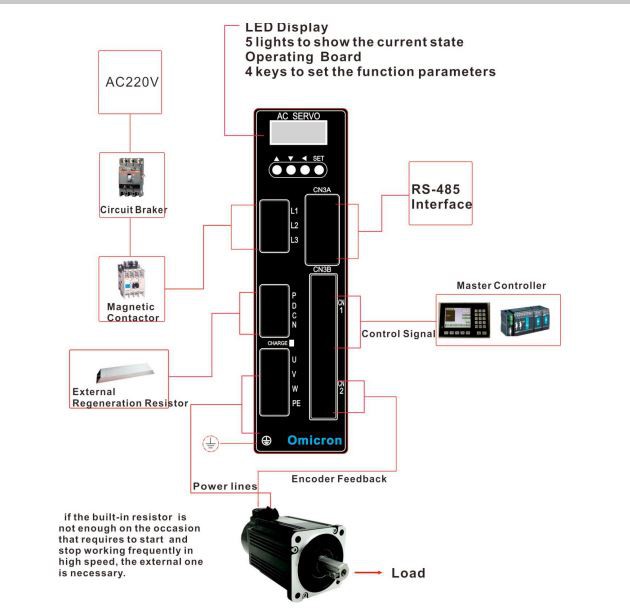
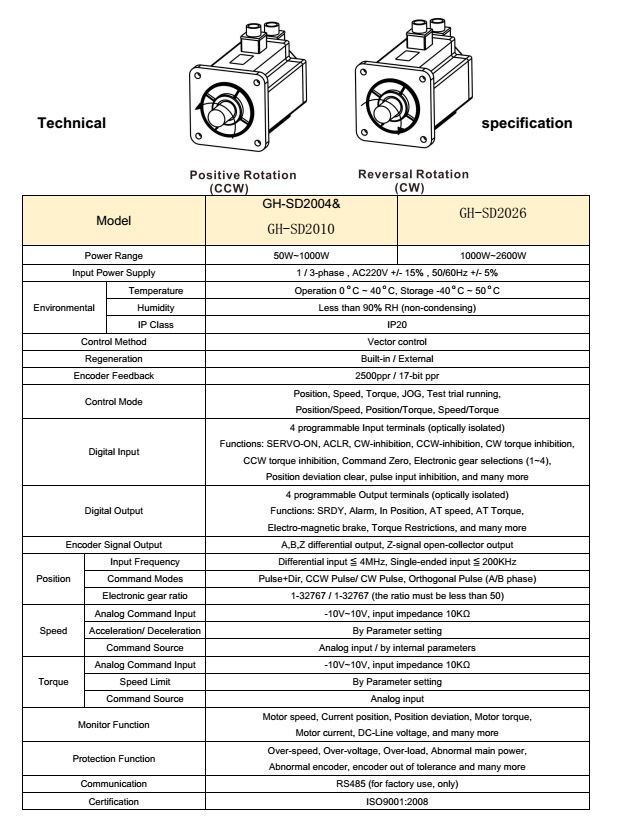
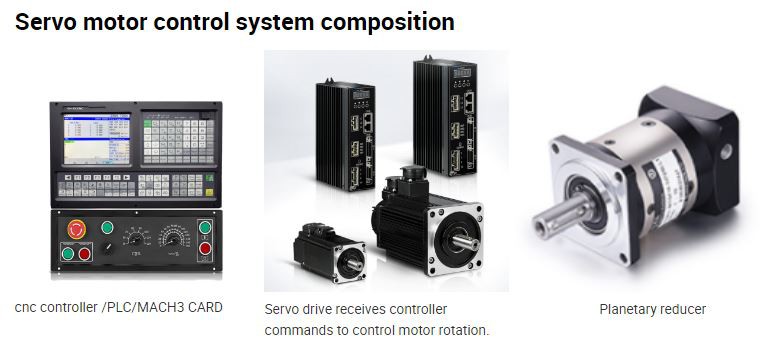
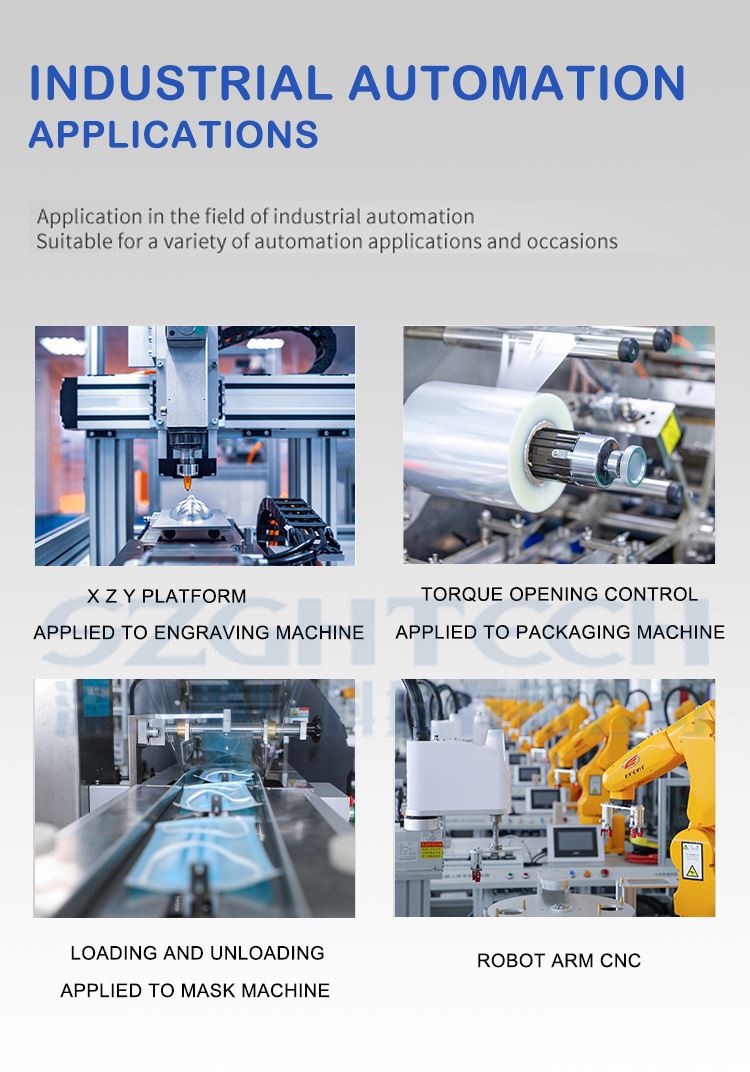
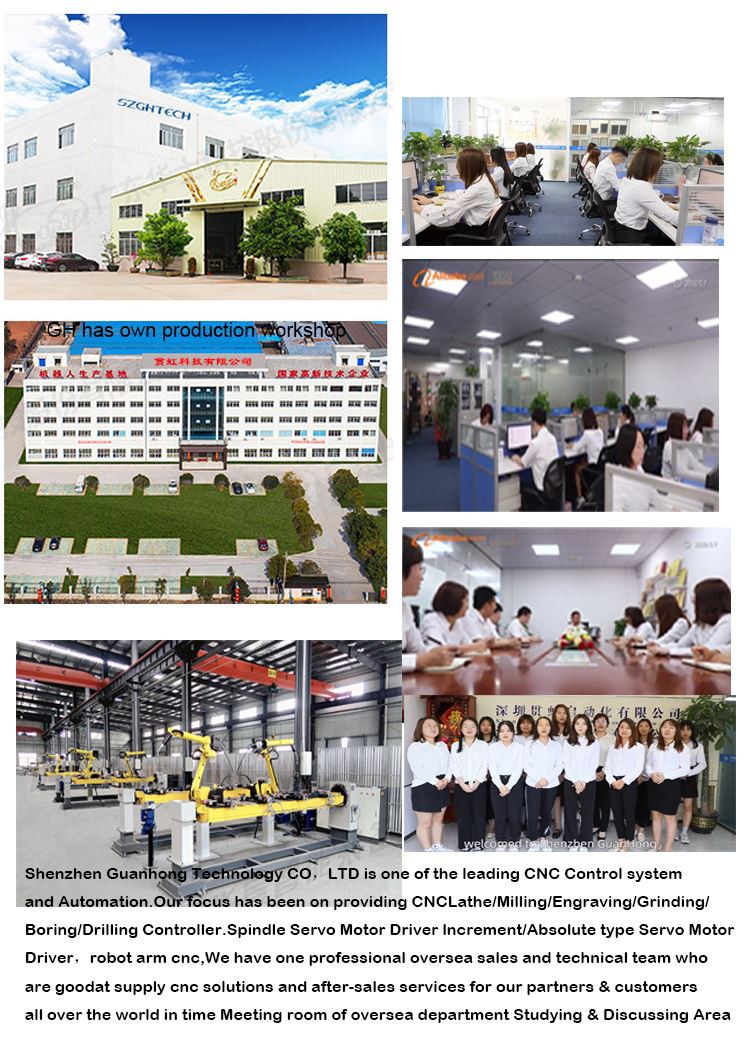
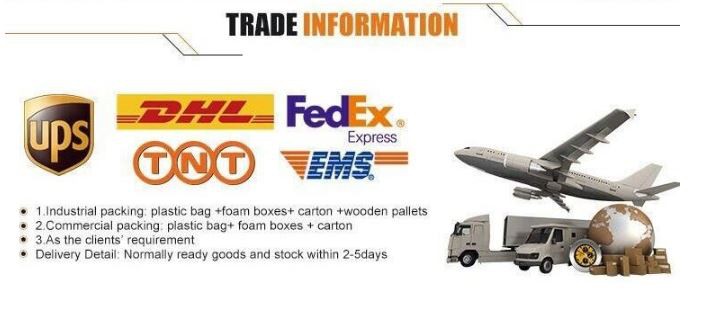
FAQ
Q: Do you support customized manufacturing?
A: Yes,we can customized manufacturing according to customer's requirment. We support to OEM your own company display interface and logo.
Q: How long is your delivery time?
A: Generally it is 3-5 days if the goods are in stock. or it is 5-10 days if the goods are not in stock, it is according to quantity.10-20 days if customized manufacturing.
Q: Do you provide samples ? is it free or extra ?
A: Yes, we could offer the sample with sample price.
Q: What is your terms of payment ?
A: Payment<=2000USD, 100% in advance. Payment>=1000USD, 70% T/T in advance ,balance before shippment.
If you have any other question our 7500W Ac Servo Motor and Driver , pls feel free to contact us as below!


